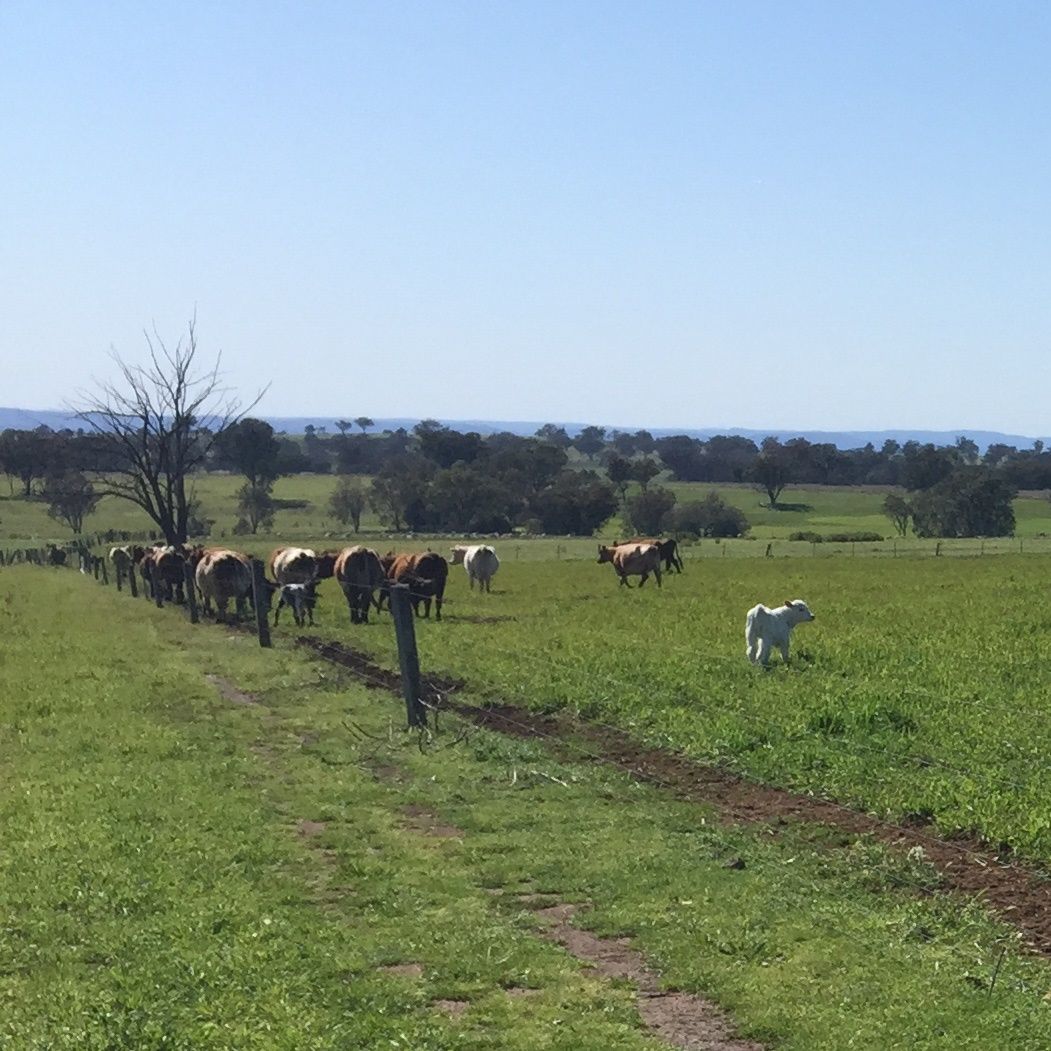
The Grass Really IS Greener
At the farm, we get a longer Winter than most. Our elevation means that Spring starts a little later, some years we can be still cutting wood for the fire, well into October. As you leave Barraba some 30kms away and some 250m below us, the Summer feed is well away. The fodder oats are waist high and the native grasses around their knees.
We have had a nearly immeasurable amount of rain in the last few months, and have come from the longest dry spell in our 35 year history on farm, to the wettest period. It’s been amazing. After a while the rain becomes a bit pointless, for us anyway, but critical downstream. The flood country out west thrives on our excessive falls. Once our country fills up and the cracks in the ground fill, the extra water starts to run. The creeks rise, waterholes overflow, and the water starts to flow. The Horton River runs the majority of the length of our western boundary. It starts higher up the mountain and takes the flow to meet the Gwydir River further north. This flow reaches the Barwon River west of Moree. The Barwon flows into the Darling, and the Darling becomes the Murray. What an awesome journey that must be.

As a result of this rain, our Spring is the best that it could be. We were in dire straits three months ago. We are back to our core herd of sheep, cows and pigs. The ground is only now starting to heat up and the Spring grasses are away. It’s as green as green as green, but still not much feed around. We await the generosity of further rain to germinate the native grasses and their Summer seeds. These grow tall and provide the all-important cover for the delicate green grass of the Spring. The Summer grasses provide the bulk of feed that will take us through to the start of Winter, until the first frost some five months from now.
So if I can be greedy Mrs Mother Nature… now it’s nice and warm, could we please have some more rain?

